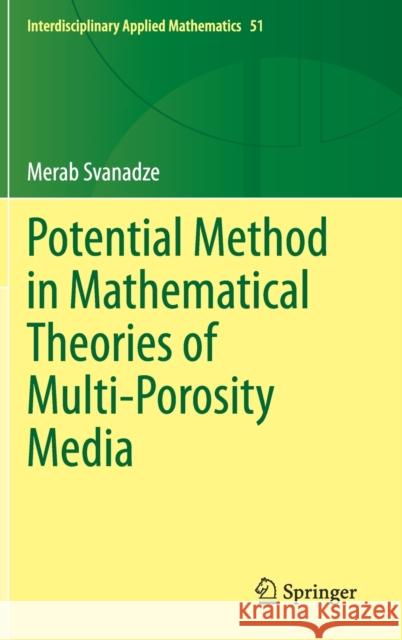Potential Method in Mathematical Theories of Multi-Porosity Media » książka
topmenu
Potential Method in Mathematical Theories of Multi-Porosity Media
ISBN-13: 9783030280215 / Angielski / Twarda / 2019 / 302 str.
Potential Method in Mathematical Theories of Multi-Porosity Media
ISBN-13: 9783030280215 / Angielski / Twarda / 2019 / 302 str.
cena 403,47 zł
(netto: 384,26 VAT: 5%)
Najniższa cena z 30 dni: 385,52 zł
(netto: 384,26 VAT: 5%)
Najniższa cena z 30 dni: 385,52 zł
Termin realizacji zamówienia:
ok. 22 dni roboczych
Bez gwarancji dostawy przed świętami
ok. 22 dni roboczych
Bez gwarancji dostawy przed świętami
Darmowa dostawa!
Kategorie:
Kategorie BISAC:
Wydawca:
Birkhauser
Seria wydawnicza:
Język:
Angielski
ISBN-13:
9783030280215
Rok wydania:
2019
Wydanie:
2019
Numer serii:
000011706
Ilość stron:
302
Waga:
0.62 kg
Wymiary:
23.39 x 15.6 x 1.91
Oprawa:
Twarda
Wolumenów:
01
Dodatkowe informacje:
Wydanie ilustrowane











